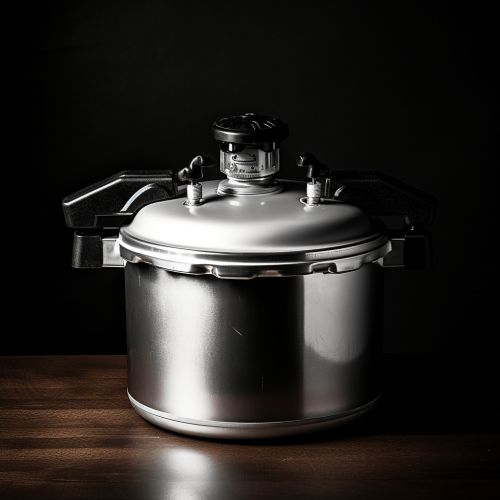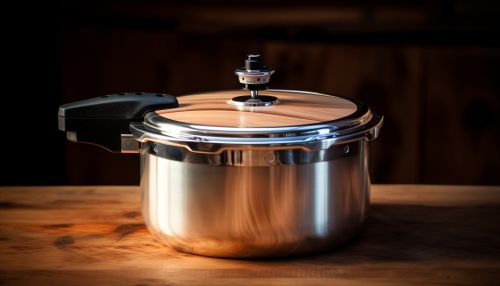Thermodynamic System
Introduction
A thermodynamic system is a macroscopic volume in space, often used in thermodynamics studies, that is defined by its state variables. Such systems are used to understand the transfer of energy and work. They are categorized into three main types: isolated, closed, and open systems.
Types of Thermodynamic Systems
Isolated Systems
An isolated system is one in which neither matter nor energy can enter or leave. The total energy and mass remain constant. An example of an isolated system would be an insulated closed vessel. While no real isolated system exists, this concept is used as a useful model for comparison.
Closed Systems
A closed system is one in which energy can enter and leave but matter cannot. The mass remains constant, but the energy can change. A pressure cooker is an example of a closed system.
Open Systems
An open system is one in which both matter and energy can enter and leave. The mass and energy are variable. The human body is an example of an open system.


State Variables
A thermodynamic system is defined by its state variables, which describe the state of the system. These variables include pressure, volume, temperature, and the amount of substance.
Pressure
Pressure is the force exerted by a substance per unit area. It is a critical state variable in thermodynamics and is often denoted by the symbol P.
Volume
Volume is the amount of space that a substance occupies, often denoted by the symbol V.
Temperature
Temperature is a measure of the average kinetic energy of the particles in a system and is often denoted by the symbol T.
Amount of Substance
The amount of substance is the number of particles in a system, often denoted by the symbol n.
Thermodynamic Processes
A thermodynamic process is the evolution of certain properties, known as thermodynamic variables, in a way that depends only on the initial and final state of the system, not on the path taken. These processes include isothermal, adiabatic, isochoric, and isobaric processes.
Isothermal Process
An isothermal process is a change of a system in which the temperature remains constant.
Adiabatic Process
An adiabatic process is a process in which no heat enters or leaves the system.
Isochoric Process
An isochoric process is a process in which the volume remains constant.
Isobaric Process
An isobaric process is a process in which the pressure remains constant.
Laws of Thermodynamics
The laws of thermodynamics describe the fundamental physical quantities of a thermodynamic system. They describe how these quantities behave under various circumstances and forbid certain phenomena.
Zeroth Law of Thermodynamics
The Zeroth Law of Thermodynamics states that if two systems are each in thermal equilibrium with a third, they are in thermal equilibrium with each other.
First Law of Thermodynamics
The First Law of Thermodynamics states that the energy of an isolated system is constant.
Second Law of Thermodynamics
The Second Law of Thermodynamics states that the total entropy of an isolated system can never decrease over time.
Third Law of Thermodynamics
The Third Law of Thermodynamics states that the entropy of a system approaches a constant value as the temperature approaches absolute zero.
